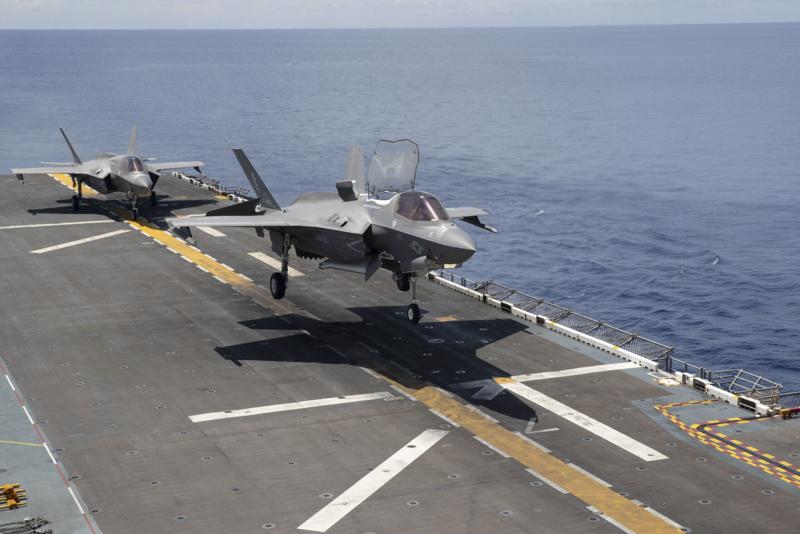The cost of the Pentagon’s most expensive weapon system is projected to increase by more than 40% despite plans to use the stealth fighter less, in part because of reliability issues.
The U.S. Department of Defense’s F-35 Lightning II is the most advanced and costly weapon system in the U.S. arsenal. It’s a joint, multinational program that includes the Air Force, Navy, Marine Corps, seven international partners and foreign military sales customers.
The Pentagon has about 630 F-35s. It plans to buy about 1,800 more. And it intends to use them through 2088.
“Yet DOD plans to fly the F-35 less than originally estimated, partly because of reliability issues with the aircraft,” according to a report from the U.S. Government Accountability Office. “The F-35’s ability to perform its mission has also trended downward over the past 5 years.”
DOD estimates the F-35 program will cost over $2 trillion to buy, operate, and sustain over its lifetime.
Specifically, sustainment cost estimates have increased 44%, from about $1.1 trillion in 2018 to about $1.58 trillion in 2023. One reason for the increase in cost estimates is the extension of the service life of the aircraft, according to the report.
“The military services have lowered the number of hours each aircraft is estimated to fly, which has contributed to reduced cost estimates and the services’ ability to meet their affordability targets,” according to the report.
The office that manages the F-35 program, the F-35 Joint Program Office, started a new initiative called the War on Cost in 2023. The goal is an affordable F-35. How to get there: Improve the reliability and maintainability of components on the aircraft; reduce the incidents of foreign object debris entering the aircraft engine; and improve engine reliability and availability to increase the time an engine can remain in an aircraft so that overall cost of engine sustainment can be decreased. The F-35 Joint Program Office said such efforts have reduced sustainment costs by about $84 billion over the lifetime of the program.
“However, DOD officials stated that these efforts will not fundamentally change the estimated lifetime sustainment costs,” according to the report. “These DOD officials told us that significant F-35 program cost reductions will only come from flying the aircraft less or reducing the number of aircraft in the fleet.”
And the F-35 isn’t meeting its performance goals.
“The F-35 fleet is not meeting most of its performance goals, including those for availability and for reliability and maintainability, according to DOD and contractor data,” according to the report. “We have consistently found that the F-35 fleet is not meeting its availability goals, which are measured by mission capable rates despite increasing projected costs.”















